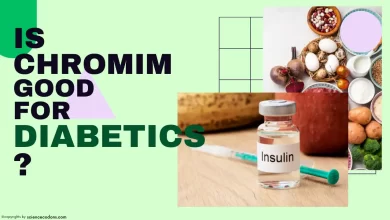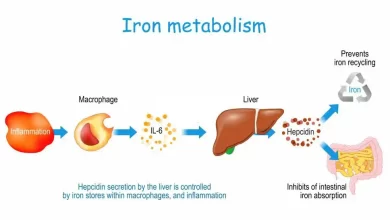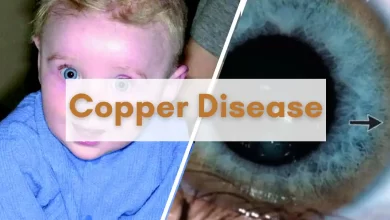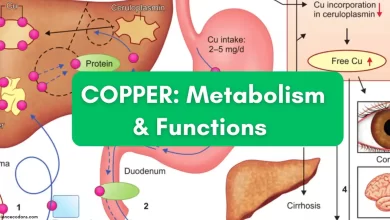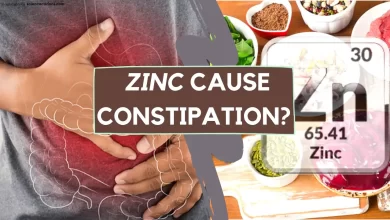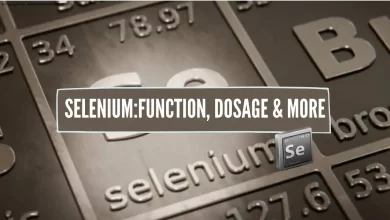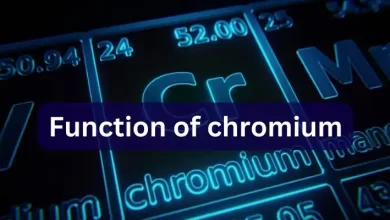Copper is an essential mineral that the body requires in small amounts for various physiological processes. The absorption of copper in the body occurs primarily in the small intestine, with the highest absorption occurring in the duodenum.
Note: Compounds such as phytates found in plant foods or molybdenum (Mo), cadmium (Cd), silver (Ag), mercury (Hg), zinc (Zn), and vitamin C can prevent copper absorption.
Note: Copper is found in erythrocuprein in red blood cells, hepatocuprein in the liver, and cerebrocuprein in the brain.
Note: Erythrocuprein is a protein with a molecular weight of 33 kilodaltons to which two copper can be attached.
Note: On average, the amount of copper in the serum is 90 micrograms per deciliter, and copper is mainly absorbed from the duodenum.
The process of copper absorption in the body involves several steps. The image shows normal absorption, indicating that the levels of copper and zinc are adequate and there is no barrier to copper absorption. On the left side of the image, it is shown that copper and zinc enter the intestinal cells from the lumen of the intestine.
A protein in the intestinal cells called metallothionein is shown as MT in the image, and copper binds to metallothionein. There are transporters on the membrane of the intestine towards the blood, which copper can pass through and enter the bloodstream. Copper can bind to albumin or histidine (amino acid) and enter the bloodstream similarly through these transporters, as shown in part A of the image.
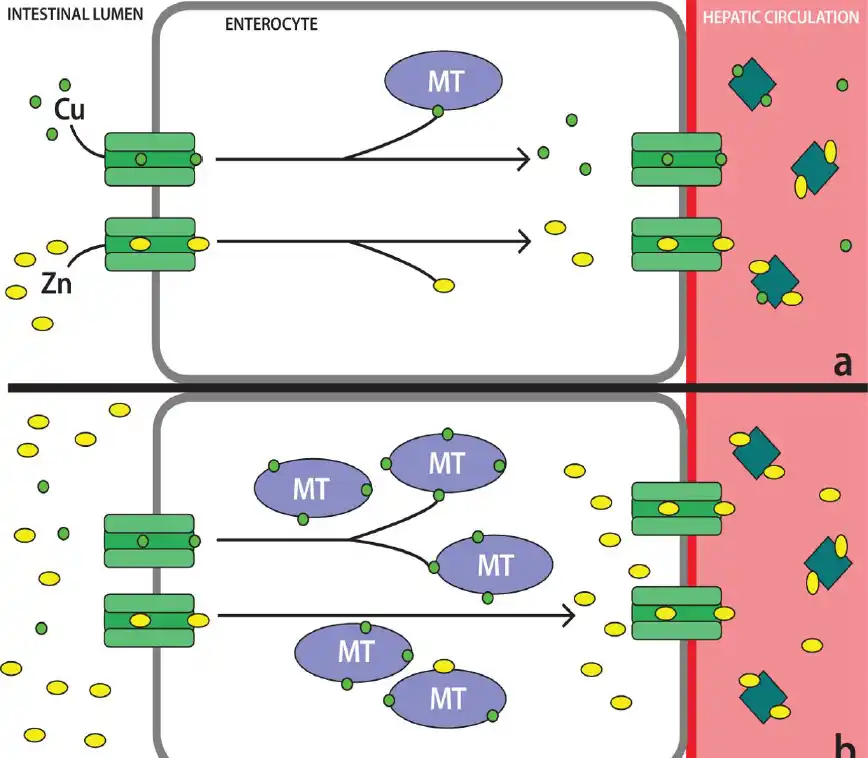
The bottom part of the image above shows a condition where the amount of zinc in the diet is excessive. On the left side of the image, zinc and copper each pass through their transporters and enter the intestinal cells. Due to the high levels of zinc, copper remains bound to metallothionein in the intestinal cells.
The amount of MT also increases to absorb copper, and zinc passes through both its transporter and the copper transporter, enters the bloodstream, and does not allow copper to pass. Copper remains bound to metallothionein, and the individual becomes deficient in copper. [as shown in part b of the image]
Note: As you know, intestinal cells are constantly separated and destroyed, so copper is eliminated from the body without entering the bloodstream.
